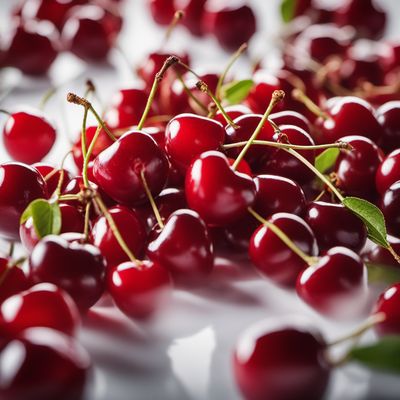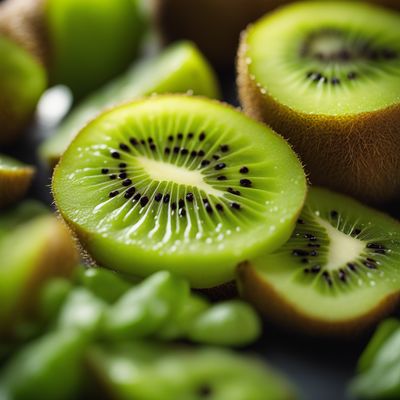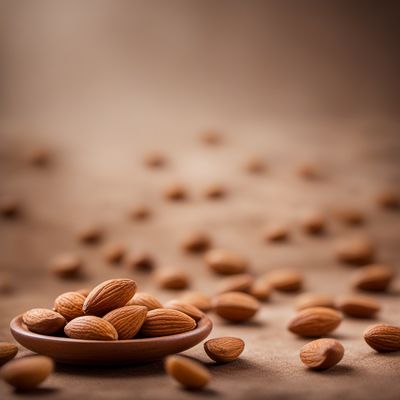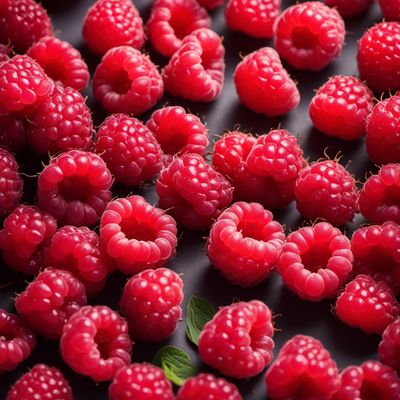
Ingredient
Sweet flavour
The Sweet Symphony of Taste
Sweetness is a fundamental taste that is often associated with pleasure and satisfaction. It can range from subtle and delicate to intense and syrupy, providing a wide range of possibilities in culinary creations. The sweet flavor can be derived from various sources, including natural sugars, artificial sweeteners, or ingredients with inherent sweetness like fruits and honey. Its ability to balance and enhance other flavors makes it an essential component in both sweet and savory dishes.
Origins and history
The concept of sweetness has been appreciated throughout history, with humans naturally drawn to the taste of sweetness from an early age. In ancient times, honey was one of the primary sweeteners used, and it held great value due to its scarcity. Over time, the cultivation of sugarcane and the discovery of sugar extraction techniques led to the widespread availability of sweetness. Today, sweet flavors are celebrated in desserts, confectionery, beverages, and even savory dishes.
Nutritional information
Sweet flavors can contribute to the overall calorie content of a dish or beverage, as they are often derived from sugars or sweetening agents. It is important to consume sweet foods and drinks in moderation to maintain a balanced diet and prevent excessive sugar intake.
Allergens
There are no known allergens associated with the sweet flavor itself. However, individuals with specific allergies or sensitivities to certain sweetening agents or ingredients should exercise caution and read labels carefully.
How to select
Selecting the best sweet flavor depends on the specific ingredient or sweetener being used. When choosing natural sweeteners like fruits or honey, opt for ripe and fresh produce. For artificial sweeteners, consider the brand reputation and read product labels to ensure they meet your dietary preferences or restrictions.
Storage recommendations
To maintain the freshness and quality of sweet ingredients, store them in a cool, dry place away from direct sunlight and moisture. Properly seal containers or packaging to prevent exposure to air, which can lead to flavor deterioration or clumping. Additionally, follow any specific storage instructions provided for each sweet ingredient.
How to produce
Producing a sweet flavor is not a standalone process, as it is derived from various ingredients or sweetening agents. However, individuals can experiment with different combinations and ratios to achieve the desired level of sweetness in their recipes.
Preparation tips
The preparation of sweet flavors depends on the specific ingredient being used. For fruits, they can be consumed fresh, cooked, or transformed into sauces, jams, or desserts. Artificial sweeteners can be added directly to beverages or incorporated into baked goods. Experimentation and creativity are key when working with sweet flavors to achieve the desired taste and balance in a dish or drink.
Culinary uses
The sweet flavor is widely used in baking, confectionery, desserts, and beverages. It is a key component in cakes, cookies, pastries, ice creams, chocolates, and candies. Additionally, sweet flavors can be incorporated into savory dishes to create a harmonious balance of tastes, such as sweet and sour sauces or glazes for meats.
More ingredients from this category » Browse all

Amarena cherry flavour
The Sweet and Tangy Essence of Amarena Cherries

Raffaello flavour
The Delicate Bliss: Raffaello Flavour

Kiwi flavour
The Tangy Delight

Raisins flavour
The Sweet Essence of Sun-Dried Grapes

Juniper flavour
The Essence of Juniper

Strawberry yoghurt flavour
The Delightful Tang of Strawberry Yoghurt

Almond flavour
"The Nutty Elixir: Exploring the Delicate Allure of Almond Flavour"

Malaga / raisins flavour
The Sweet Essence of Sun-Drenched Grapes

Brown sugar flavour
Sweet and Rich: Unveiling the Essence of Brown Sugar Flavour

Nougat flavour
"Sweet Delight: Exploring the Irresistible Nougat Flavour"

Lemon myrtle flavour
The Zesty Elixir

Raspberry flavour
The Luscious Raspberry Flavour